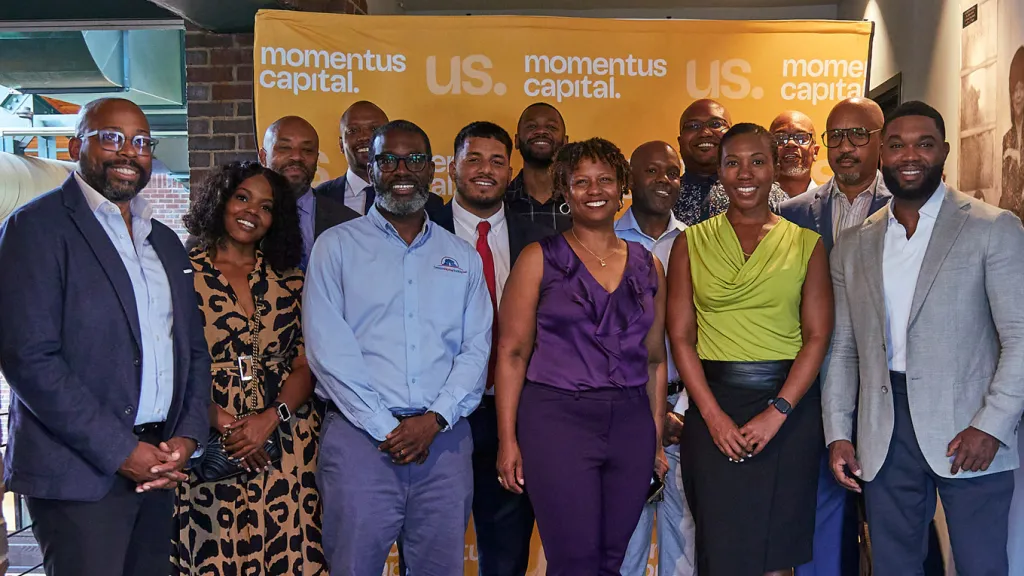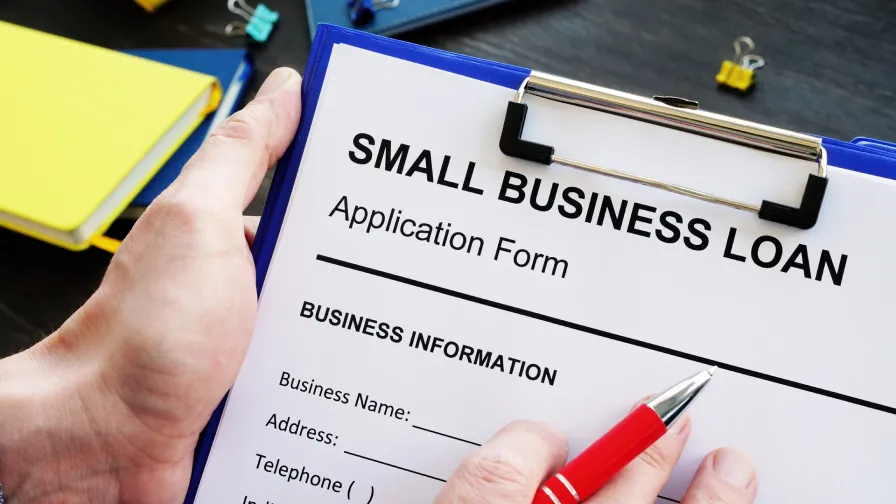This reprinted column by Kurt Chilcott, CEO and president of CDC Small Business Finance, originally appeared in the Scotsman Guide in the fall.
When you have an accepted offer on a commercial property, the next thing a mortgage broker should do is secure glitch-free financing that will help close the deal and streamline the process for the client. Conventional bank loans are typically the first option small business entrepreneurs investigate.
Unfortunately, the success rate in getting a conventional loan has hovered around 30 percent since 2015, owing to the last economic downturn. The next best option are loans through the U.S. Small Business Administration. While the SBA doesn’t provide direct loans, it does provide guarantees on loans that originate from the agency’s partner lending institutions, such as banks and certified development companies, or CDCs.

The SBA supports two core programs used to finance commercial real estate — CDC/504 and 7(a) loans. It’s good to know the differences between these loan programs to provide guidance for your client as they assess which loan is best for their unique needs.
After 2009, lending requirements got much tighter, and small businesses, particularly those with shorter financial-performance histories, are still considered a risky bet by many lenders. A higher perceived risk will generally result in a higher interest rate for a loan. Short-term, fixed or fixed-to-floating rates on conventional loans are the most common interest rate options for small businesses.
In the case of the SBA, its 504 loan is designed specifically for commercial real estate, while the 7(a) is a general-purpose loan. Both programs provide a loan guarantee from the federal government. With a 504 loan, a bank provides 50 percent of a project’s total cost, a CDC provides 40 percent and the borrower contributes a 10 percent downpayment. This structure is attractive to banks because their risk is mitigated by the CDC’s participation and the federal guarantee.
With the 7(a) loan, a bank receives a 75 percent loan guarantee from the federal government for loans exceeding $150,000. So, if a loan is made for $1 million and the borrower defaults for nonpayment, the bank can essentially return the loan to the federal government and receive a payment of $750,000 on the $1 million loan. For banks, this mitigates having a large sum on their books as a nonperforming loan, and it becomes a beneficial tool in managing a bank’s balance-sheet and loan-loss reserves.
Key comparisons
It’s important to be aware that in many cases bankers will recommend a 7(a) loan first, because banks earn larger income from fees than with a 504 loan. This creates a great opportunity for you to build trust with your client and help them evaluate the best financing options to meet their specific financing goals, rather than the bank’s.
The following are some helpful takeaways for the SBA’s two major loan-guarantee programs:
• Loan size. The SBA CDC/504 loan can finance projects of $20 million and higher. The 7(a) loan limit is $5 million. Both loan types offer a higher ceiling for manufacturers and other businesses that meet goals around energy reduction or alternative-fuel usage. In fiscal year 2016, the SBA approved more than 70,000 loans from the 504 and 7(a) programs, totaling nearly $29 billion.
• Rates and terms. The 504 loan offers a below-market, fixed rate set at the time of funding. As of this past June, the 504 interest rate was less than 5 percent for 24 consecutive months. The 7(a) loan most commonly features a variable rate, adjusted quarterly and negotiated with your chosen lender. The 504 product offers a 20-year fully amortized term. The 7(a) loan maximum is typically 25 years, but may also have balloon features. Both programs also feature a 10-year term for large equipment purchases.
• Collateral and down payment. For a 504 loan, no extra collateral is required. To comply with 7(a) loan standards, a bank will often require a client’s personal residence be used as collateral. Both programs require a 10 percent downpayment from the borrower — 7(a) loans may require more — which allows the small business to retain cash for working capital and other needs. There is a clear advantage here over conventional bank loans, which commonly require 20 percent to 25 percent equity.
• Loan structure. The structure of an SBA 504 loan is uniquely collaborative. A nonprofit CDC partners with a bank and the small-business owner to assemble the financing package. As previously mentioned, the lender injects 50 percent of the capital through a first mortgage, the CDC provides 40 percent of the project cost with an SBA-guaranteed second mortgage, and the small-business owner contributes a 10 percent downpayment. This arrangement is attractive to many lenders, particularly community banks, because it minimizes their risk. With a 7(a) loan, your client chips in a minimum of 10 percent and a bank will contribute the rest.
Common misconceptions
Mortgage brokers also can benefit from knowing the most common small-business perceptions that persist about SBA loans, so they can counter them with accurate information.
The first myth is that SBA loans are not borrower-friendly. Actually, as indicated in the comparisons above, SBA loans have flexible equity and collateral requirements, have long repayment terms and most often do not have balloon payments. The second myth is that the lending process is slow and inefficient.
Over the last several years, the SBA has worked hard to speed up processing times, reduce paperwork requirements and, in general, make it easier for banks and CDCs to provide small business customers the capital they need.
SBA lending requires numerous documents and can be tedious for borrowers when the lender lacks the expertise to expedite the process. When considering an SBA loan, it is helpful to seek out a lender that is part of the SBA’s Preferred Lenders Program, or PLP. A PLP lender will know quickly how to determine eligibility and properly structure the loan.
The good news for brokers is that you don’t have to be experts in SBA financing to benefit from it. Banks with SBA dedicated departments, and CDCs in particular, know how to best navigate the government-financing waters.
Regardless of what SBA financing program you recommend, you’ll put yourself in a strong position to fund the deal, win your client’s trust and pave the way for repeat business and referrals.
CDC Small Business Finance offers several loan options for business owners who want to grow their operations. Tell our loan experts about your needs and they’ll work to match you with a financing plan that best suits you.





